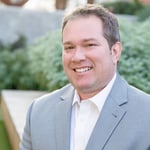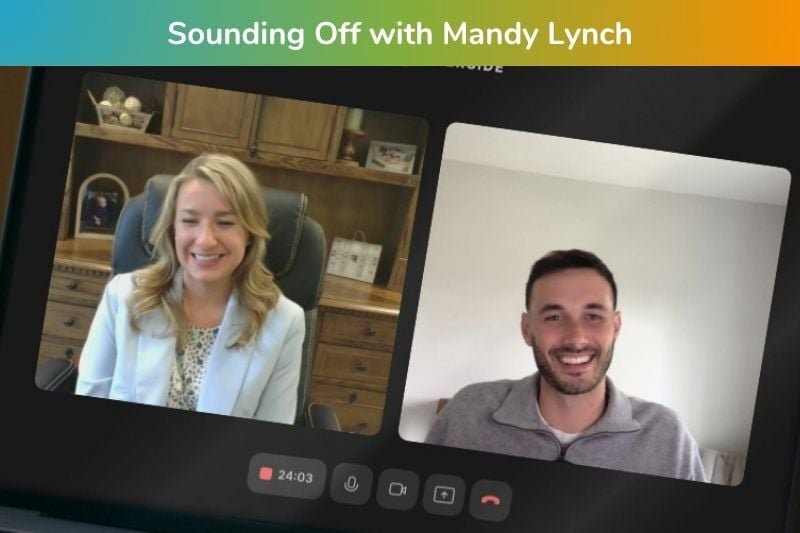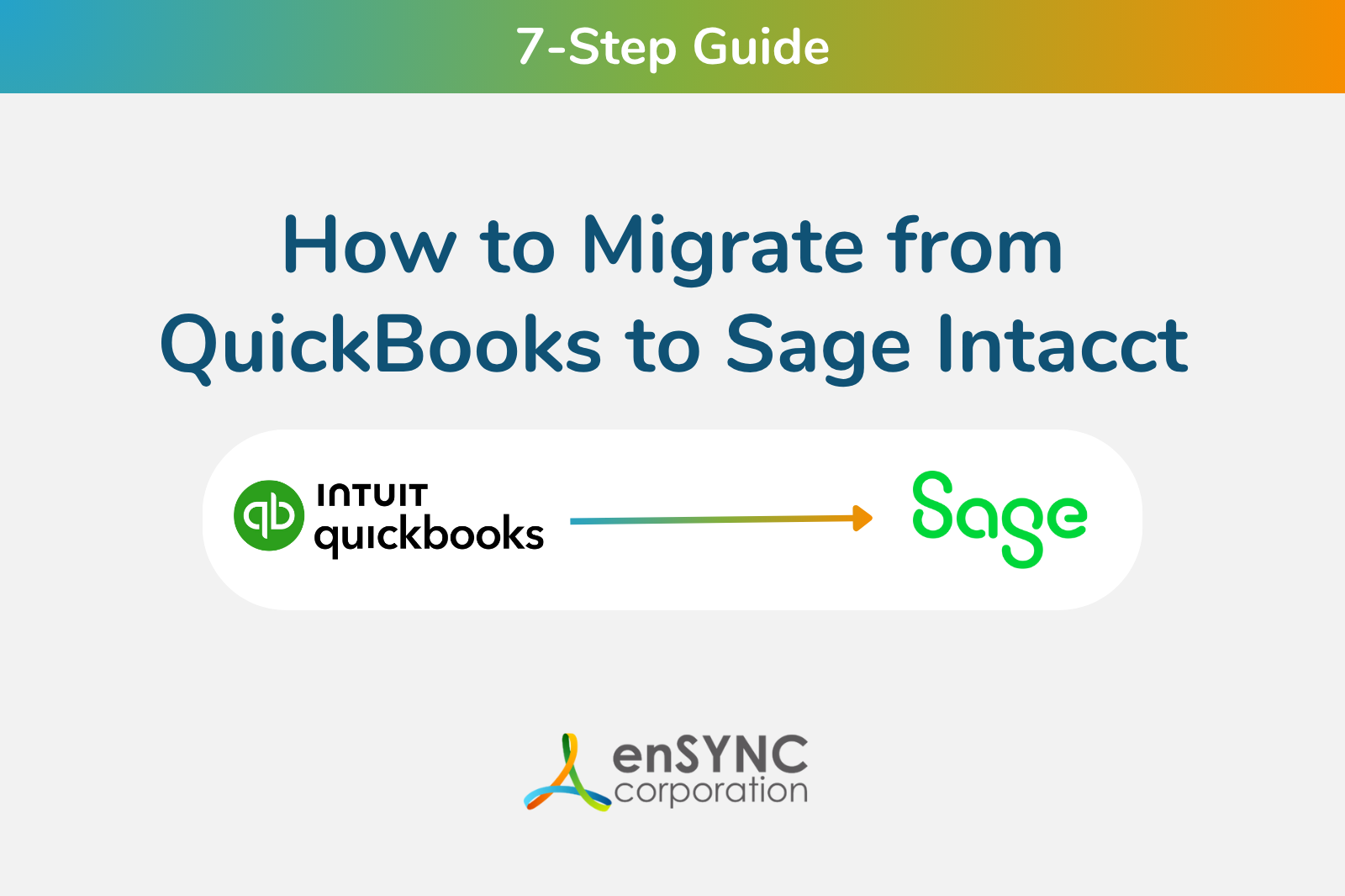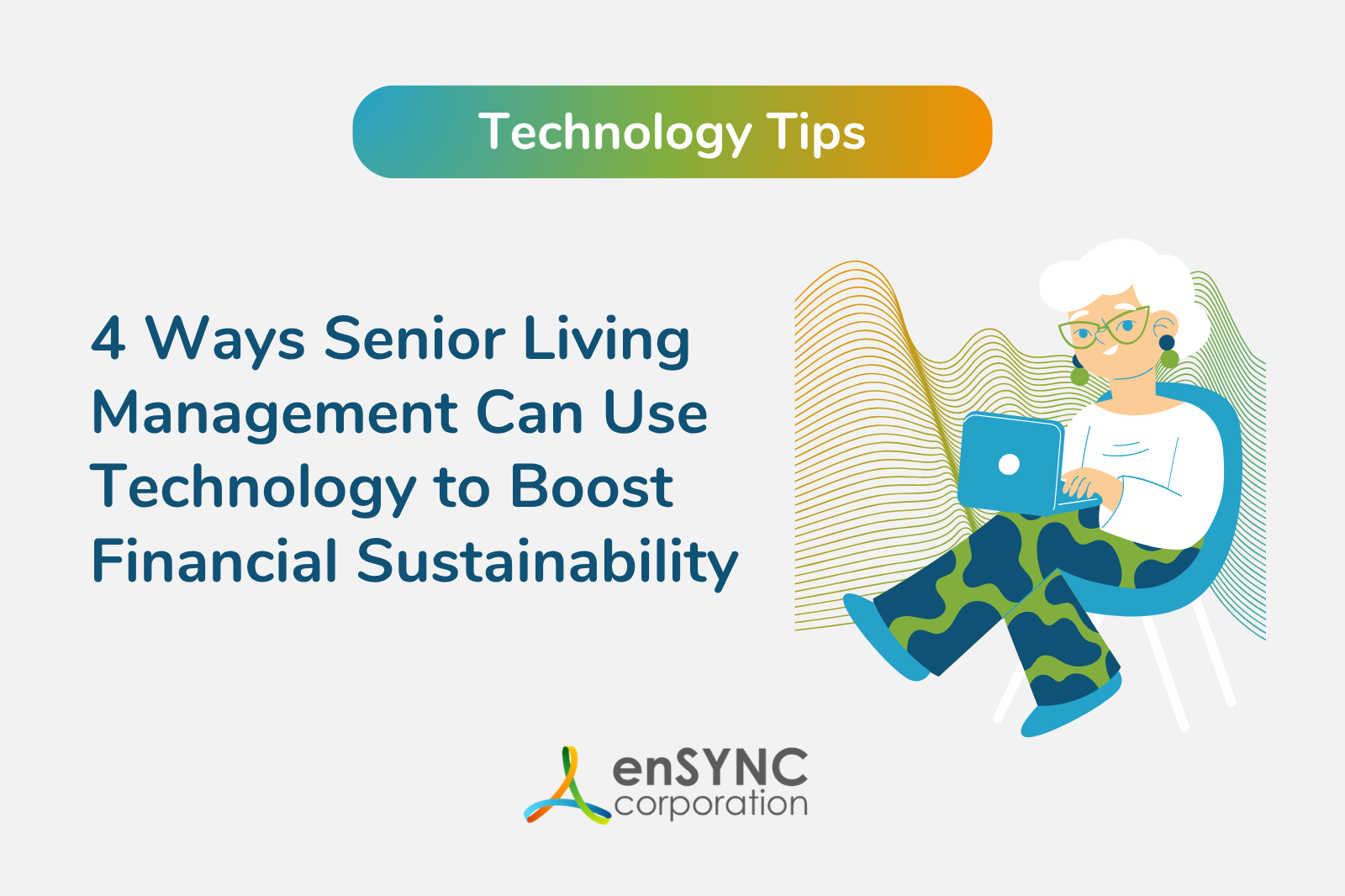Technology & digital transformation | Strategy & planning | Senior living
How Strategic Assessments can Help Your Senior Living Center
March 13, 2024
|
Senior living organizations shouldn't be in the dark when it comes to what they are and aren't doing well. That's where strategic assessment services come in, ultimately helping organizations improve their processes and procedures.
Understanding How Strategic Assessments Improve Processes and Procedures
For senior living centers, a strategic assessment means looking at everything from administrative processes and external competitors to resident services and dining options.
When conducted effectively, strategic assessment services can produce the following outcomes:
- Improved resident satisfaction and quality of life.
- Enhanced staff morale and better productivity.
- Improved organizational efficiency.
- Better industry reputation.
- Increased regulatory compliance and reduced risk of liability.
Typically, organizations can use software designed for healthcare and senior living to streamline the assessment process. This software often includes features like:
- Custom templates.
- Automated data collection.
- Analytics dashboards.
Advanced analytics capabilities also help companies more effectively identify trends, patterns, and areas for improvement.
Organizations should involve a wide range of stakeholders when conducting a strategic assessment. That may include senior leaders, department heads, managers, board members, and frontline staff. Depending on the complexity of the assessment and the organization’s goals, some senior living centers might include external consultants or subject matter experts.
Using Strategic Assessments to Identify Areas for Improvement
One of the primary benefits of strategic assessments is the ability to pinpoint areas to improve processes and procedures. Conducting a thorough review of processes and procedures can reveal inefficiencies and potential risks.
Here are some areas that are commonly addressed in strategic assessments:
- Administrative processes, such as billing, scheduling, and record-keeping.
- Staffing levels and deployment to ensure optimal coverage and resident care.
- Compliance with regulations and industry best practices.
- Quality of resident services, including dining options, recreational activities, and healthcare support.
- Facility maintenance and safety protocols to create a comfortable and secure environment for residents.
Implementing Targeted Solutions
Once areas for improvement have been identified through strategic assessments, the next step is to develop and implement targeted solutions. This involves collaborating with key stakeholders, including staff members, residents, and family members. Together, these stakeholders can create strategies that address specific challenges and capitalize on opportunities for improvement.
For instance, let’s say an organization found that they were inefficient with administrative tasks. In that case, the senior living center could implement a cloud-based electronic health record (EHR) system to help with charting, medication management, scheduling, and more. By digitizing resident records and automating routine processes, staff members can spend less time on paperwork and more time providing direct care to residents.
Perhaps the strategic assessment revealed that an organization’s dining services were subpar. After recognizing that problem, organizations could hire a nutritionist to design personalized meal plans based on residents’ dietary needs and preferences. The organization could also invest in kitchen upgrades, whether that’s exploring different recipes, using higher-quality food, or just sprucing up the presentation. Improving processes and procedures can happen on a small scale, too, such as introducing quarterly dining events or cooking classes.
Maximizing Efficiency and Effectiveness
In today’s competitive senior living industry, continuous improvement is essential for success. By focusing on improving processes and procedures through strategic assessments, senior living centers can always be on the hunt for leaning into what is working or identifying and fixing what isn’t working. After all, you must know what the problem is to begin fixing it.
Contact Us to Set Up a Sage Intacct Demo
Explore how enSYNC can utilize Sage Intacct to help your senior living organization optimize technology to achieve your operational, financial, and mission-specific objectives.

Chadd Arthur is a seasoned professional with over 25 years of experience in the non-profit sector, specializing in process improvement and the strategic alignment of organizational goals with technology solutions. Leveraging his extensive expertise, Chadd conducts regular strategic assessments for organizations, guiding them towards enhanced efficiency and effectiveness. With a profound passion for aiding clients in recognizing the value of process improvement, Chadd leads our team in secure technology solutions that directly contribute to their mission success. His commitment to excellence is evident in his contributions to the industry, including participating in panels and serving as a thought leader to a network of non-profit professionals. Chadd earned his MBA from Indiana University Bloomington and resides outside the greater Chicago area. Chadd not only brings a wealth of knowledge and experience but also a dedication to making a meaningful impact in the non-profit space.
Recent Posts

Sounding Off with Mandy Lynch: Real Talk on Culture, Care, and Change in Senior Living
In each episode of Sounding Off: Senior Living Execs on Tech, we explore how senior living leaders at nonprofits are embracing technology to shape...

7-Step Guide: How to Migrate from QuickBooks to Sage Intacct
Organizations are constantly growing and changing. So too are accounting needs.
Enjoying our blog?
At enSYNC, we want to empower associations and nonprofits to make well-educated decisions. If you want our industry knowledge (and other free guides) sent directly to your inbox, fill out the form below.

